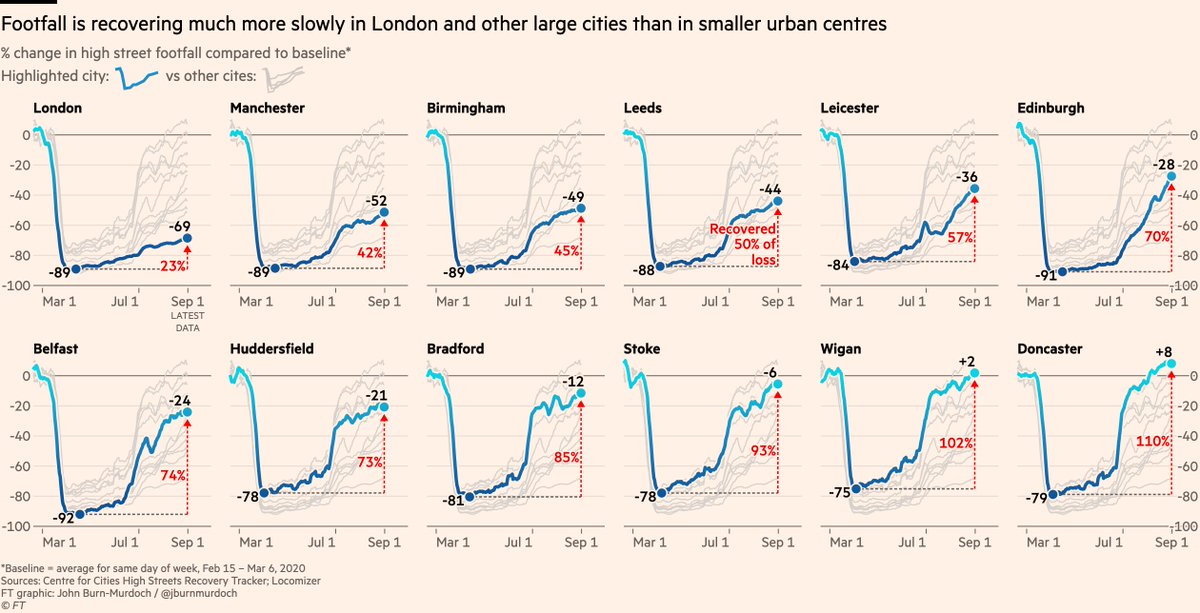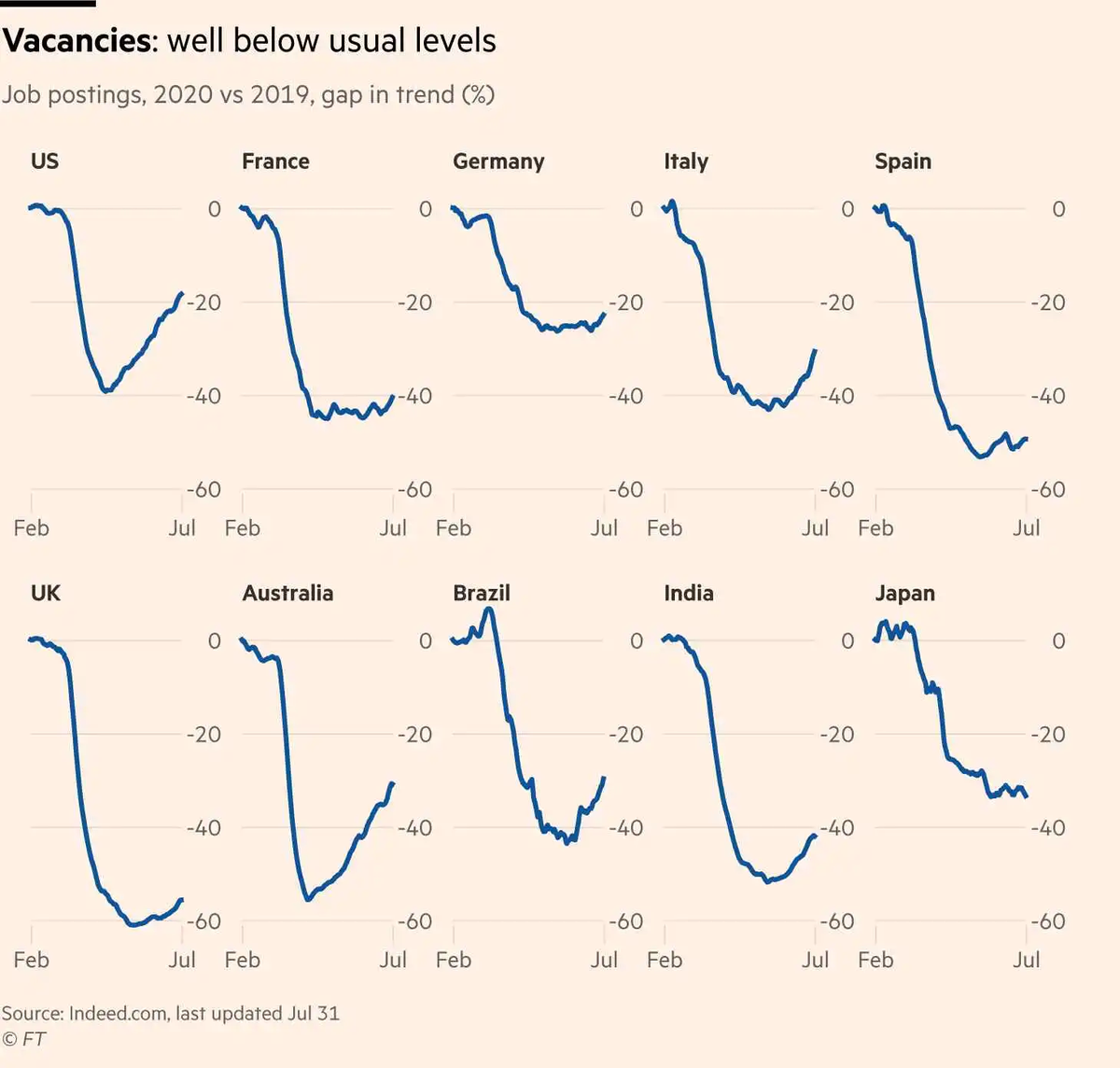
⚠ warning to anyone using ECDC subnational cases rates data ⚠
Figures released this morning include several errors, some very significant.
They’ve since silently uploaded a new file, but incorrect one is still online 😑
We’re checking new file for errors and will report back
Figures released this morning include several errors, some very significant.
They’ve since silently uploaded a new file, but incorrect one is still online 😑
We’re checking new file for errors and will report back
Latest ECDC data appears to be correct: ecdc.europa.eu/en/publication…
You can the impact of the correction in this before (left) and after (right) duo courtesy of @sdbernard.
With the correction, all of France breathes a sigh of relief
You can the impact of the correction in this before (left) and after (right) duo courtesy of @sdbernard.
With the correction, all of France breathes a sigh of relief

Today has been another classic episode of the hit series "Covid data is an utter shitshow".
Data jiggery pokery going on everywhere, well beyond that ECDC slip-up.
Data jiggery pokery going on everywhere, well beyond that ECDC slip-up.
As I was saying:
https://twitter.com/edconwaysky/status/1316750679868952583?s=21
• • •
Missing some Tweet in this thread? You can try to
force a refresh









